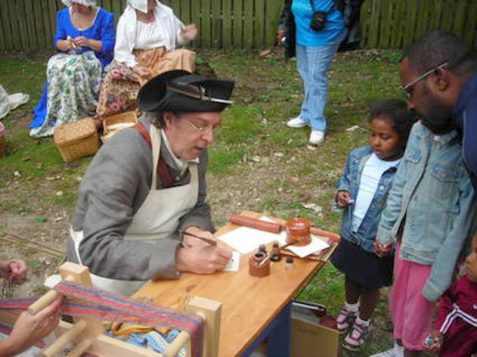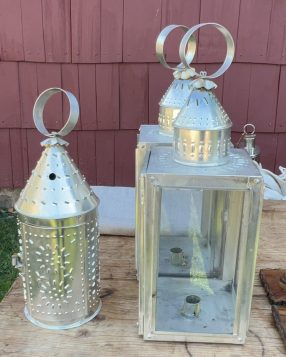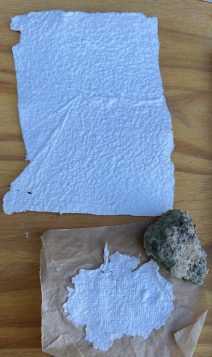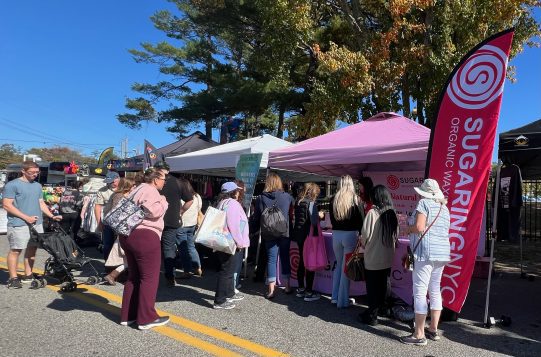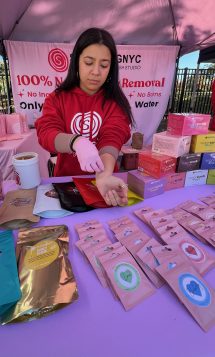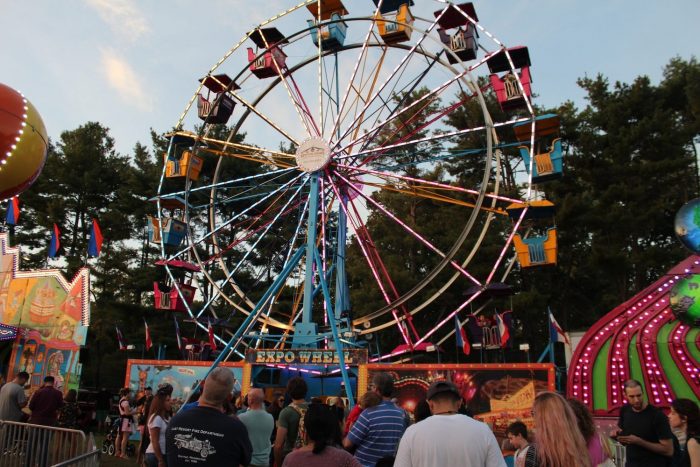By Jennifer Donatelli
The aroma of fresh-baked pies, hot apple cider and hand-cut flowers filled the autumn air last weekend as families flocked to the Huntington Historical Society’s Apple Festival at the Daniel W. Kissam House Museum.
This free event has grown from a small community gathering 20 years ago into a vibrant celebration of fall that attracts over 1,000 visitors from all over Long Island. The festival featured a variety of activities and hands-on demonstrations designed to educate the community about life during Colonial America.
Heather and Rob of Kings Park brought their children to the festival to celebrate their daughter’s birthday.
“We wanted to do something fun outside for her and this is the perfect place,” Heather said.
The smell of fresh-cut flowers was abundant throughout the day. Jess Seilheimer, owner of Dahlias and Dreams, grows the flowers in her Centerport backyard, and transforms them into beautiful bouquets.
“I love bringing flowers into people’s homes because it makes them joyful and relaxed,” Seilheimer said. “This makes me happy and makes other people happy and that’s exactly what I want to do.”
In addition to the relaxing, music-filled ambiance of the event, attendees dove into American history with tours of the 18th-century Kissam House. The house, built in 1795 by Timothy Jarvis and first occupied by Dr. Daniel Whitehead Kissam and his family, is one of four national register historic properties, maintained by the Huntington Historical Society.
Attendees experienced firsthand what it was like to live in colonial America. Demonstrations throughout the day included traditional folk artisans woodworking, weaving and quilting.
Additionally, activities for the children included a magic show, face painting and pumpkin decorating, among a host of other activities.
One of the most popular demonstrations of the day was rug hooking — an art form where rugs are made by pulling loops of wool through stiff, woven fabric, such as burlap.
Mary, a member of the Rug Hooking Club of Long Island, explained that in colonial times, rug hooking was a craft of necessity. Poor women used scraps from their bags to create homemade floor coverings while girls from wealthy families were sent to school to learn embroidery or quilting. Today, rug hooking is regarded as a fine art.
Donna Waldenburg, a member of the Huntington Historical Society board, said the Apple Festival is a great way to engage younger families and showcase the society’s programs and events.
“We want to educate the community about colonial life… in a way that [engages] everyone,” Waldenburg explained.
Stephanie Gotard, executive director of the Huntington Historical Society, reiterated the uniqueness of this annual event.
Long Island-grown apples were sold by the bag along with other fall favorites like candy apples, apple donuts, apple cider and an assortment of homemade pies and breads from the Jericho Cider Mill and local bakeries.
The Kissam House is open for tours during the week. Visitors can also stop by the Museum Store to shop for collectibles and antiques.
For more information on tours, workshops, programs and events, visit www.huntingtonhistoricalsociety.org.






